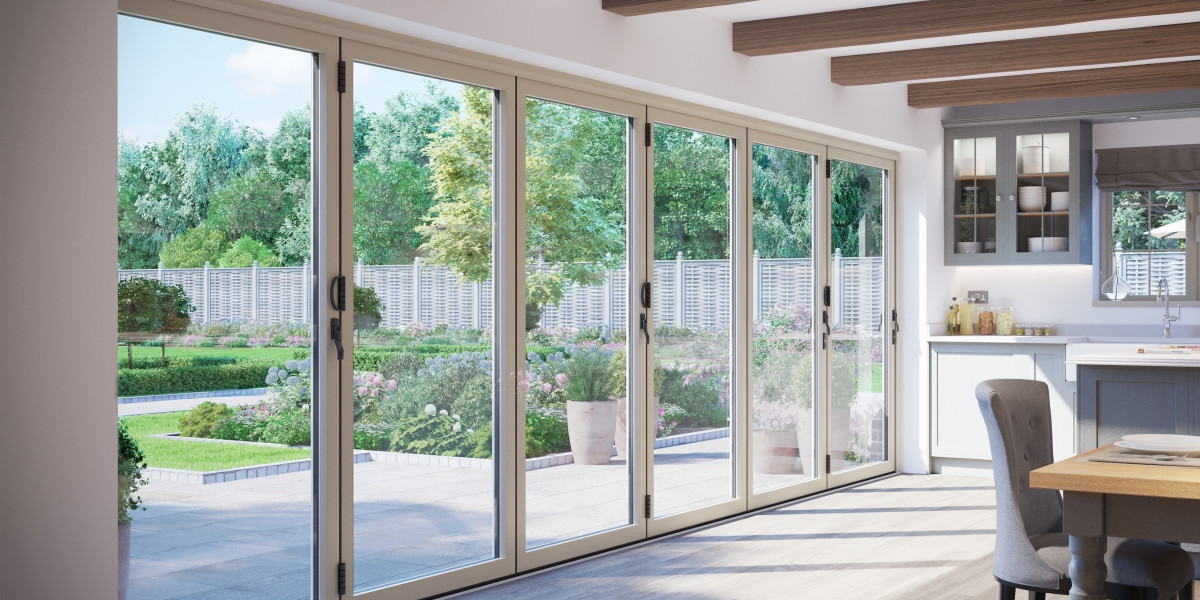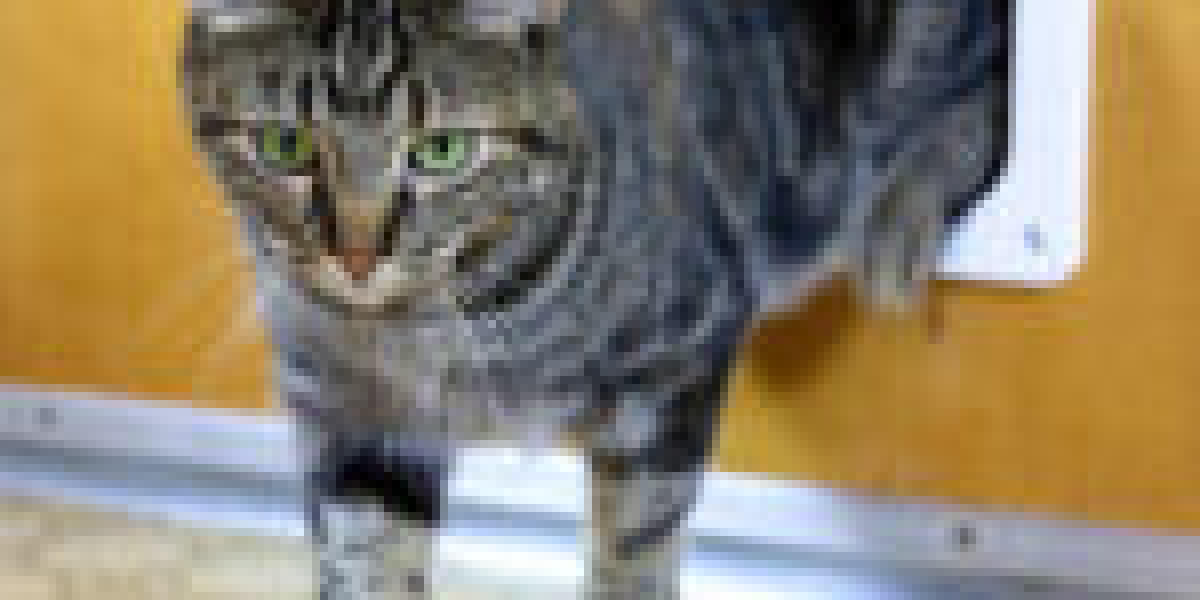Restoring Smooth Operation: A Comprehensive Guide to Repairing Your Bifold Door Top Pivot
Bifold doors, also called folding doors, are a popular choice for optimizing space and creating a smooth transition between spaces or in between indoor and outdoor living areas. Their unique folding mechanism permits broader openings than conventional hinged doors, making them perfect for closets, kitchens, laundry rooms, and even as patio doors. However, the smooth and effective operation of a bifold door hinges on a number of crucial parts, and among the most essential, yet typically ignored, is the top pivot.

The top pivot is a little but important mechanism that sits at the leading corner of a bifold door repair tutorials door panel, permitting it to rotate efficiently within the track system. Over time, due to use and tear, inappropriate positioning, or even unexpected damage, this pivot can fail. A malfunctioning leading pivot can cause a host of discouraging concerns, from sticking doors and loud operation to complete immobility. Fortunately, fixing or changing a bifold door leading pivot is typically a workable DIY job, conserving you the cost of professional repairs and restoring the performance of your door.

This detailed guide will walk you through the process of understanding, detecting, and fixing a bifold door leading pivot. We will explore the elements included, recognize typical issues, equip you with the required tools and materials, and provide a step-by-step repair procedure. Whether you are a skilled DIY enthusiast or a house owner tackling home repairs for the very first time, this short article will empower you to confidently resolve a defective bifold door leading pivot and get your door operating efficiently when again.
Understanding the Top Pivot System
Before diving into the repair procedure, it's advantageous to comprehend the role of the top pivot within the more comprehensive bifold door system. The top pivot, in combination with the bottom pivot (often described as a guide or wheel), works to control the motion and stability of each door panel.
Typically, a bifold door system consists of:
- Top Track: A metal track installed horizontally at the top of the door opening. This track houses the top pivots and guides the door panel's motion.
- Bottom Track or Guide: Some sliding bifold door track repair door systems use a bottom track, while others use a bottom guide that is either a pin or a wheel, communicating with a groove or channel on the floor or door jamb. This bottom component assists stabilize the door panel and maintains positioning.
- Leading Pivots: These are little, generally plastic or metal elements that are placed into the leading edge of the door panel and trip within the top track. They enable the door panel to pivot and slide smoothly along the track.
- Connecting Hinges: Hinges that link the individual door panels together, permitting them to fold in a concertina style.
- Door Handles and Hardware: Hardware used for operating and securing the bifold door.
The top pivot bears a significant load, assisting in the smooth gliding and folding action of the door. It requires to be robust enough to endure constant usage, yet accurate sufficient to enable uncomplicated motion. Comprehending its function helps in valuing why its correct function is so crucial to the total operation of the bifold door.
Identifying Common Top Pivot Problems
Recognizing the symptoms of a stopping working leading pivot is the primary step towards an effective repair. Here are some common signs that show a problem with your bifold door's leading pivot:
- Sticking or Jerky Door Movement: The door ends up being tough to open or close efficiently, hesitating or catching as it moves along the track. This is typically the most obvious sign.
- Noisy Operation: You might hear grinding, squeaking, or clicking sounds as the door is operated, suggesting friction or damage within the pivot mechanism or track.
- Door Panel Drooping or Sagging: If the leading pivot is worn or broken, the door panel might sag a little at the top, causing misalignment and further impeding smooth operation.
- Visible Damage to the Pivot: Upon examination, you might be able to see fractures, chips, or breaks in the plastic or metal parts of the top pivot itself.
- Door Jumping Out of the Track: In extreme cases of pivot failure, the door panel may leap out of the leading track completely, ending up being entirely unusable and potentially harming the door or frame.
- Increased Effort to Operate: If you find yourself having to put in more force than normal to open or close the door, it might be a sign of increased friction due to a stopping working pivot.
If you observe any of these symptoms, it is extremely likely that your bifold door's leading pivot needs attention. Ignoring these problems can cause additional damage to the door, track, or surrounding frame, making the repair more intricate and expensive in the long run.
Tools and Materials You'll Need
Before you begin the repair, collect the needed tools and materials to ensure a smooth and effective procedure. Having everything prepared in advance will conserve you time and frustration.
Tools:
- Screwdriver Set: A Phillips head and flathead screwdriver will be essential for removing and installing screws connected with the pivot and door hardware. Ensure you have various sizes to fit different screws.
- Pliers: Pliers can be handy for gripping and steering small parts, specifically if the old pivot is stuck or challenging to eliminate.
- Hammer (Optional): A light-weight hammer might be required to carefully tap the brand-new pivot into place, if needed by the style.
- Measuring Tape: To guarantee accurate placement and alignment when setting up the new pivot.
- Pencil or Marker: For marking positions and ensuring appropriate positioning.
- Safety Glasses: Protecting your eyes is vital when working with tools and hardware.
- Gloves (Optional): To protect your hands and supply much better grip.
Products:
- Replacement Top Pivot: This is the most crucial product. It's necessary to purchase a replacement pivot that is suitable with your specific bifold door roller repair door system. Take the old pivot with you to the hardware shop for comparison, or take down the door manufacturer and model if possible. Leading pivots been available in different sizes and styles.
- Lubricant (Silicone Spray or Dry Graphite): Lubricating the track and new pivot will guarantee smooth, peaceful operation and lengthen the life of the pivot.
- Wood Filler or Wood Glue (Optional): If the screw holes holding the pivot in location are removed or damaged, wood filler or glue may be needed to enhance them.
- New Screws (Optional): If the existing screws are harmed or removed, have a set of replacement screws of the proper size and type on hand.
Step-by-Step Guide to Repairing the Top Pivot
With your tools and materials all set, you can now proceed with the repair. Follow these detailed directions carefully:
Step 1: Safety and Preparation
- Put on your shatterproof glass.
- Make sure the workspace is clear and well-lit.
- Gather all your tools and products and place them within easy reach.
Action 2: Inspect and Access the Top Pivot
- Thoroughly take a look at the leading pivot of the bothersome door panel to visually evaluate the damage. Try to find fractures, breaks, or indications of wear.
- Figure out how the pivot is connected to the door. Most are normally kept in place by screws.
- You may require to slightly open or close the bifold door to gain better access to the top pivot.
Step 3: Remove the Old Top Pivot
- Using the proper screwdriver (usually Phillips head), carefully get rid of the screws securing the top pivot to the door panel.
- If the screws are removed or tough to eliminate, you may need to use pliers to grip the screw head and carefully turn it. Prevent harming the surrounding door material.
- As soon as the screws are eliminated, carefully pull out the old leading pivot. If it's stuck, use pliers to gently wiggle and pull it complimentary.
Step 4: Prepare for the New Pivot (If Necessary)
- Inspect Screw Holes: Examine the screw holes in the door where the pivot was attached. If they are removed or enlarged, you might require to enhance them.
- For Minor Stripping: Apply a little quantity of wood glue into the screw hole and let it partially dry for a few minutes. This will provide the screws a better grip.
- For Severely Stripped Holes: Use wood filler to fill the removed holes entirely. Allow the filler to dry and harden according to the item directions. As soon as dry, pre-drill pilot holes somewhat smaller sized than the new screws to guarantee a protected accessory.
Step 5: Install the New Top Pivot
- Position the new leading pivot in the very same orientation as the old one was gotten rid of.
- Line up the screw holes of the brand-new pivot with the holes in the door panel.
- Place the screws and tighten them safely with the screwdriver. Avoid overtightening, which might remove the screw holes or damage the pivot. Ensure the pivot is firmly connected but not exceedingly tight.
Step 6: Lubricate the Track and Pivot
- Apply a percentage of silicone spray or dry graphite lubricant to the top track of the bifold door, focusing on the area where the leading pivot will run.
- Also, lightly oil the moving parts of the brand-new top pivot itself. This will promote smooth operation and minimize friction.
Step 7: Test and Adjust
- Carefully run the bifold door, opening and closing it numerous times.
- Check for smooth, peaceful movement. If the door still sticks or binds, re-inspect the pivot for proper setup and alignment.
- Guarantee the door panels fold and unfold properly which the door is not rubbing against the frame or track.
- If necessary, small modifications to the pivot position or track positioning might be required. Consult your bifold door maker's instructions for particular adjustment treatments if offered.
Step 8: Clean Up
- As soon as you are satisfied with the door's operation, tidy up your work area and repairmywindowsanddoors.co.Uk put away your tools.
Fixing Common Issues
While fixing a top pivot is frequently simple, you might encounter some obstacles. Here are a few fixing pointers:
- Pivot Doesn't Fit: If the brand-new pivot doesn't fit into the track or door, double-check that you have the proper replacement type. Compare it carefully to the old pivot and the door requirements.
- Screws Won't Tighten: Stripped screw holes are a typical problem. Refer back to Step 4 and utilize wood filler or glue to strengthen the holes before trying to tighten the screws again.
- Door Still Sticks After Pivot Replacement: If the door still does not operate efficiently after replacing the pivot, the issue may lie somewhere else. Inspect the bottom pivot/guide, the track for debris or damage, or the door panel hinges for stiffness.
- Door Panel Misalignment: If the door panels are not lined up correctly after repair, guarantee the leading pivot is appropriately seated in the track and that the door panel is properly placed within the frame. Look for any warping or damage to the door panel itself.
Keeping Your Bifold Door Pivots
Preventative upkeep can significantly prolong the life-span of your bifold door pivots and lessen the requirement for frequent repairs. Here are some handy maintenance pointers:
- Regular Lubrication: Lubricate the leading track and pivots with silicone spray or dry graphite every few months to minimize friction and wear.
- Keep Tracks Clean: Periodically clean the leading and bottom tracks to get rid of dust, dirt, and particles that can restrain smooth operation. Use a vacuum cleaner or a brush to clean up the tracks.
- Check Regularly: Inspect the top and bottom pivots routinely for indications of wear, damage, or looseness. Address any minor problems immediately before they escalate.
- Avoid Slamming: Avoid slamming the bifold doors, as this can put unnecessary tension on the pivots and hardware, leading to early failure.
- Check Alignment: Periodically check the alignment of the door panels to guarantee they are folding and unfolding properly and that there is no undue tension on the pivots.
When to Call a Professional
While DIY repair is typically possible, there are situations where looking for expert assistance is recommended. Think about calling a door repair professional if:
- You are uneasy with DIY repairs.
- The damage to the door or frame is extensive beyond simply the pivot.
- You are unable to determine the appropriate replacement pivot.
- You experience persistent concerns after trying the repair.
- The bifold door becomes part of a complex system, such as a multi-panel patio door, and requires specialized knowledge.
A professional door specialist has the experience and competence to properly diagnose intricate bifold door problems and carry out repairs effectively and successfully.
Fixing a bifold door leading pivot is a satisfying DIY job that can bring back the smooth and uncomplicated operation of your door. By comprehending the parts, determining the problem, and following the detailed guide detailed in this short article, you can with confidence tackle this repair and conserve yourself money and time. Regular upkeep and prompt attention to minor issues will make sure the longevity and trustworthy performance of your bifold doors for years to come, adding to the convenience and performance of your living area.
Often Asked Questions (FAQs) about Bifold Door Top Pivot Repair
Q1: How do I understand what kind of leading pivot to purchase as a replacement?
A: The best way is to remove the old pivot and take it with you to a hardware shop. Compare it visually to the available choices, focusing on the size, shape, and attachment method. Additionally, if you understand the producer and design of your bifold door, you might be able to discover particular replacement parts online or through the producer.
Q2: Can I repair a damaged leading pivot, or do I always require to replace it?
A: In most cases, it's more practical and trustworthy to replace a damaged or worn leading pivot instead of trying to repair it. Pivots are fairly affordable, and replacement ensures proper function and longevity. Attempting to repair a damaged pivot may lead to more problems and is usually not advised.
Q3: My screws are stripped and will not hold the brand-new pivot. What can I do?
A: Stripped screw holes prevail. Attempt utilizing somewhat longer or thicker screws. If that doesn't work, apply wood glue into the screw hole and let it partly dry before re-screwing. For severely stripped holes, utilize wood filler to fill them entirely, let it dry, and after that pre-drill pilot holes for the brand-new screws.
Q4: Do I require to remove the whole bifold door to replace the leading pivot?
A: Often, you can replace the leading pivot without totally eliminating the door panel. Nevertheless, depending on the style and ease of access, it might be simpler to partially detach the door panel to get much better access. Sometimes, specifically with much heavier doors or complicated systems, getting rid of the door panel may be more secure and more practical.
Q5: After replacing the top pivot, my door is still hard to open. What else could be incorrect?
A: If the problem continues after pivot replacement, examine other prospective problems:
- Bottom pivot/guide: Inspect for damage or debris.
- Track: Clean and lube the leading and bottom tracks. Examine for damage or obstructions.
- Hinges: Ensure the door panel hinges are not stiff or binding. Lube them if needed.
- Door Alignment: Check if the door panels are correctly aligned within the frame.
Q6: How typically should I lube my bifold door rotates?
A: Regular lubrication every 3-6 months is suggested for optimum efficiency. More frequent lubrication might be required in dirty or high-use environments. Usage silicone spray or dry graphite lubricant to keep the pivots and track moving efficiently.








